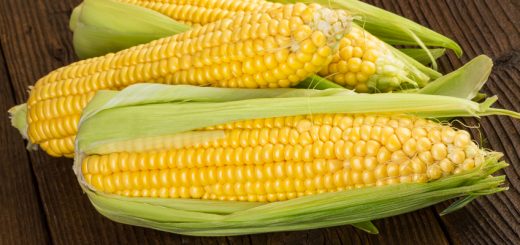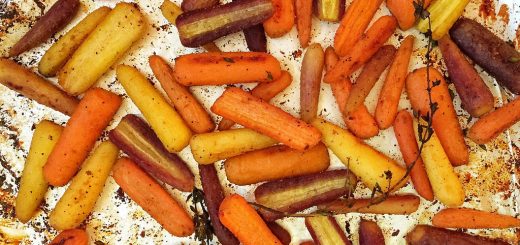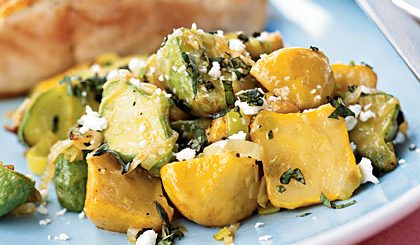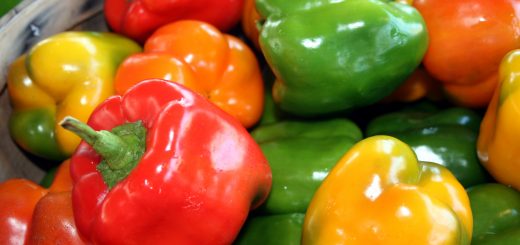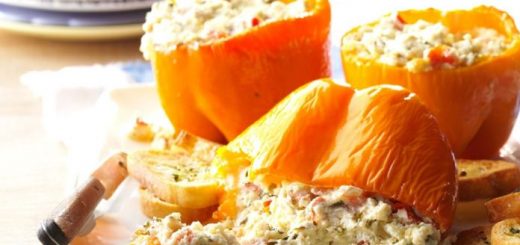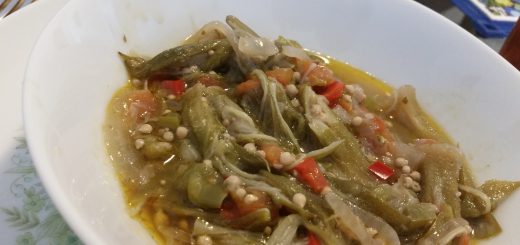Sweet Corn
Corn, also known as “maize”, is one of the most important cereal crops grown around the world. Farmers differentiate “sweet” corn – varieties grown as food – from other varieties used for animal feed, industrial use, or products like flour, corn syrup, and popcorn. Corn was originally domesticated starting around 9000 years ago in south-central Mexico, with early farmers selecting favorable traits from the wild teosinte plant. By the time of European colonization in the 15th century, corn had spread across the Americas and become a major food source for the indigenous population. (more…)
